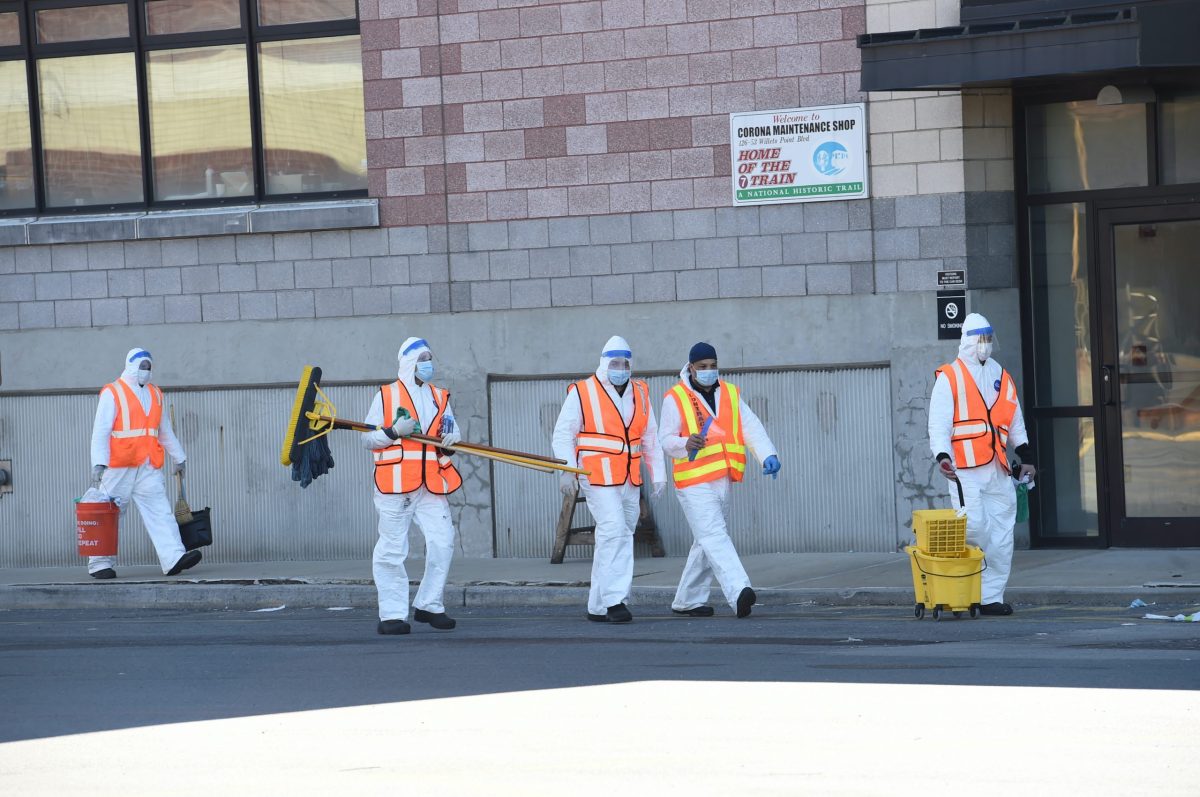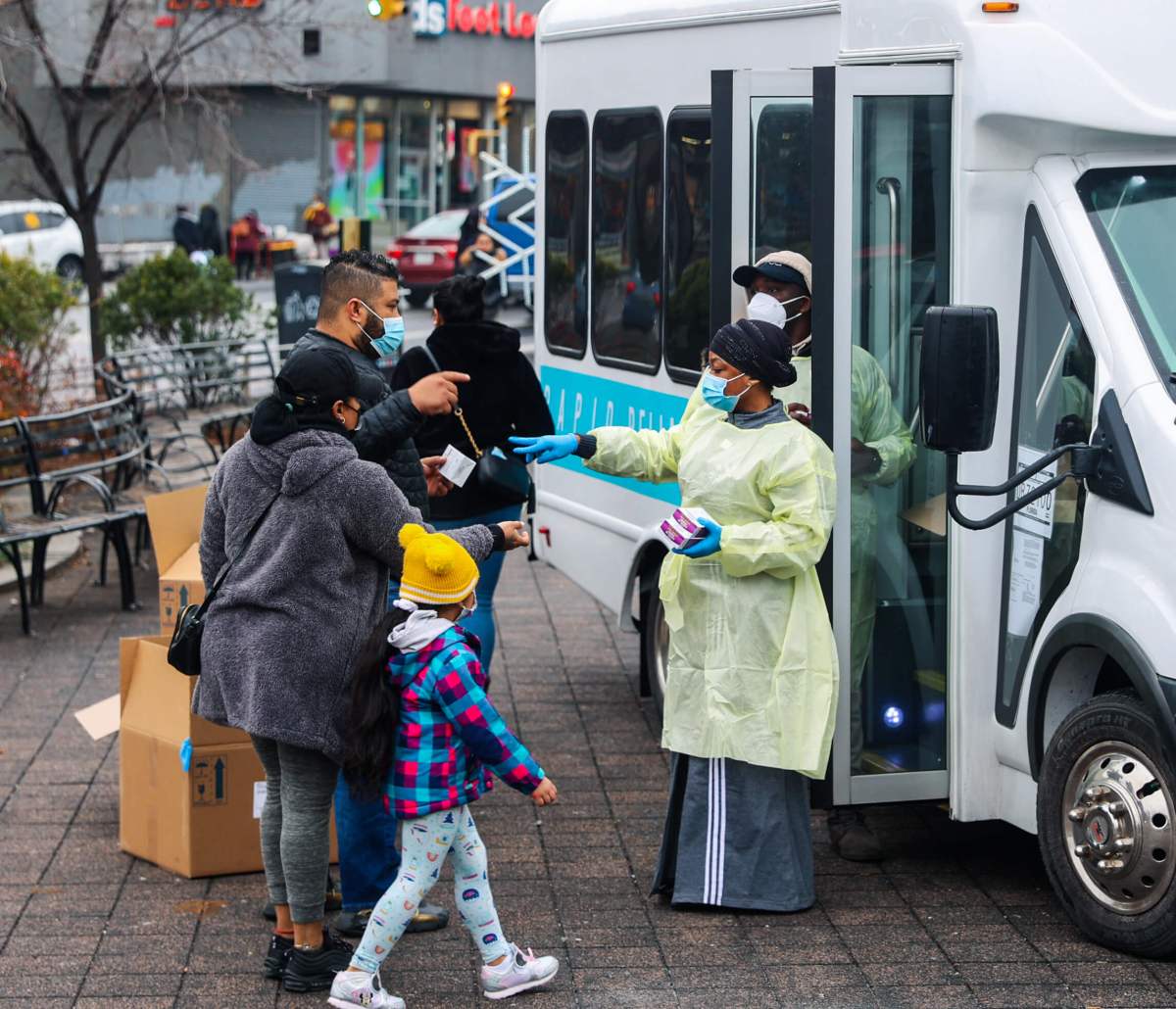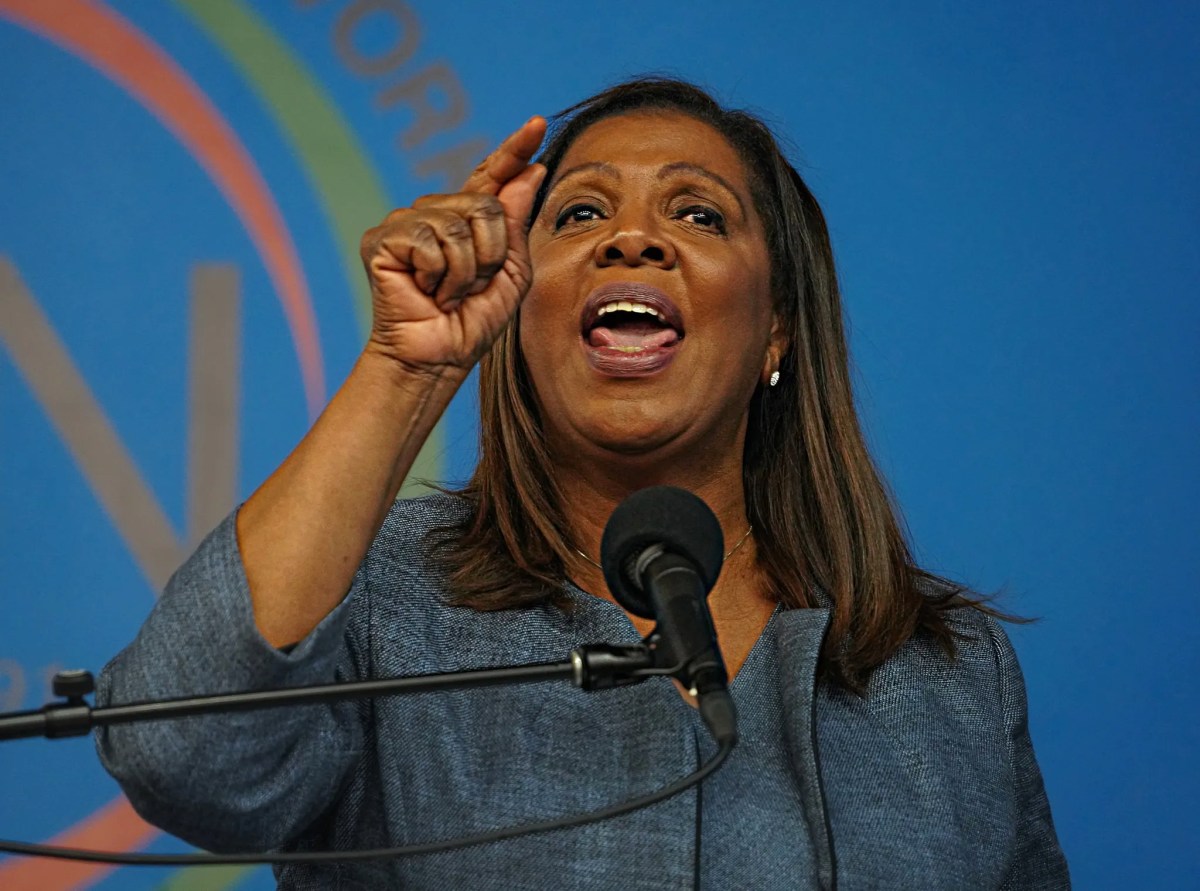New York City is venturing into uncharted territory starting Wednesday, May 6, when the MTA enacts a 24-hour disinfection program that will require a four-hour shutdown of the entire subway system every overnight.
Our subway system has never before been closed daily, Governor Andrew Cuomo reminded on Saturday during his daily coronavirus press briefing. Throughout its history, the subways have always provided 24-hour service for a “24-hour city” — stopping only for hurricanes, terrorist attacks, blackouts and other disasters.
But the highly contagious nature of COVID-19 — which continues to sicken hundreds of New Yorkers every day as the crisis enters its third month — forced the MTA and New York state to begin overnight closures of the subway system for four-hour periods, from 1 to 5 a.m., daily as of May 6.
During this period, Cuomo noted, every single train car in the subway system will be disinfected. The governor got a chance on May 2 to see how the MTA will go about this task during a visit to the Corona Maintenance Yard in Queens, where cars on the 7 line are serviced.
“People have to wear hazmat suits, they have a number of chemicals that disinfect” the cars, Cuomo said. “You have to go through the whole train with a misting device that sprays disinfectant on every surface.”
Studies of COVID-19 found that the virus can live on stainless steel surfaces for up to three days, the governor noted. Almost every touchable surface in a subway car — such as handrails or doors — are made of stainless steel.
“The best thing you can do is disinfect the whole inside of the car, as massive a challenge as it is,” Cuomo said. “That’s what the MTA is doing, and they’re doing it extraordinarily well.”
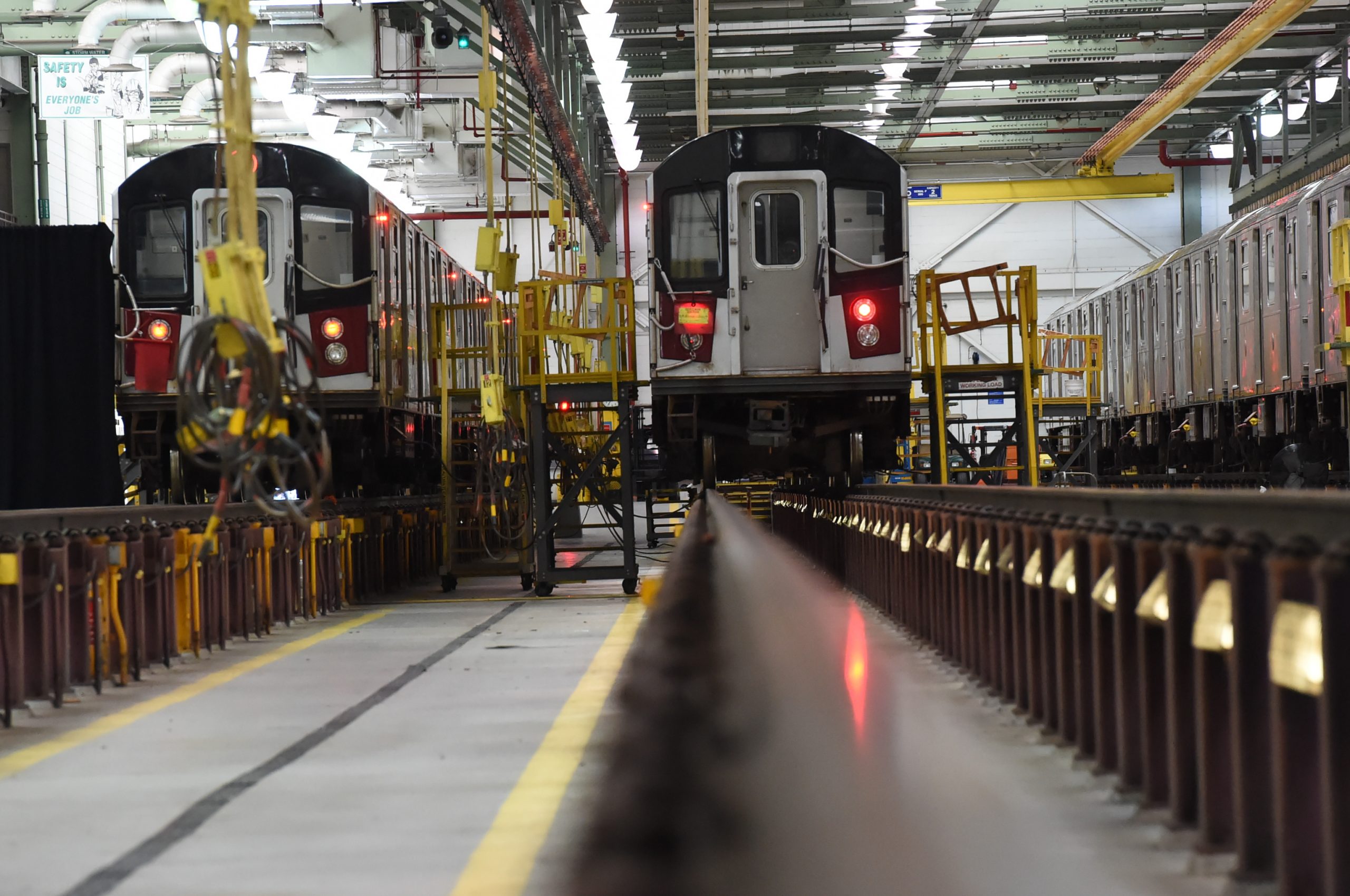
The disinfection program won’t just help protect commuters, but also the MTA workers and other essential employees who are keeping the city moving amid the crisis, Cuomo noted.
“The essential workers who have kept this entire society functioning have done an extraordinary job,” Cuomo said. “We want them to know that we’re doing everything we can do to keep them safe.”
But the deep cleaning effort won’t be confined to the overnight shift. Acting New York City Transit President Sarah Feinberg said commuters riding the subways during the day can expect to see more cleaning personnel at end-of-the-line stations mobilized to clean the train cars immediately upon arrival.
“During the day, they’ll see more cleaners than they have seen before,” Feinberg said. “At the end of the line, you’ll see a bunch of cleaners boarding that train immediately to start disinfection work. Cleaning will be happening 24 hours a day to get every single car a day. Some cars will be cleaned more than once.”
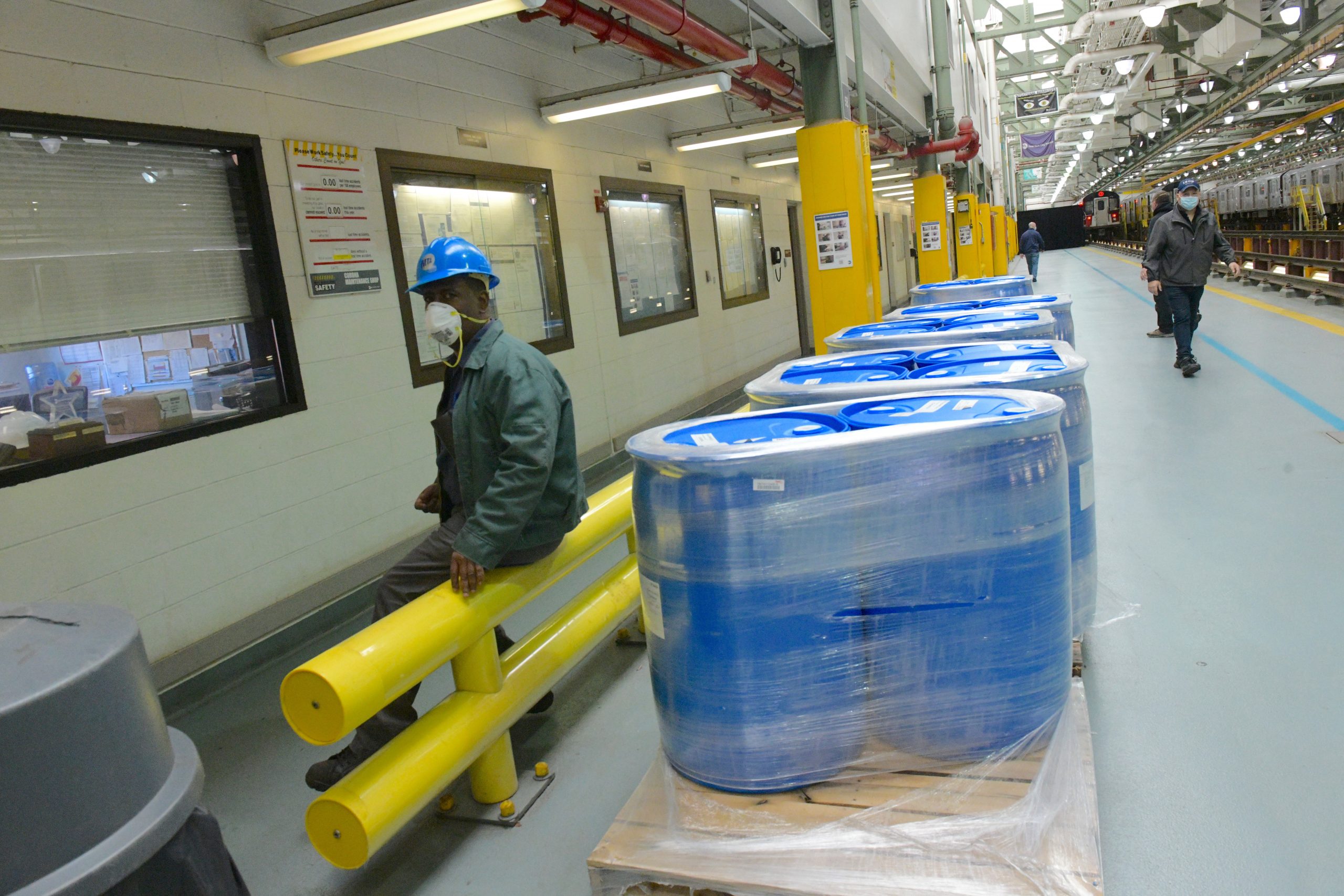
The disinfection program will also cover the subway stations and platforms, which requires the stations themselves to be closed overnights. MTA Chairman and CEO Pat Foye stated that the NYPD and MTA Police will work together to ensure that the stations are sealed off from the public during these periods.
The overnight closures are expected to impact up to 11,000 essential workers who use the system during the period. Foye said the MTA determined that number through data gathered from local unions representing frontline medical staff and workers in the food industry.
The MTA will keep these workers moving overnight through bus service alternatives that will operate on a similar schedule to the subways, Feinberg said. Workers can also seek for-hire rides available free of charge for up to two rides. More information about alternative overnight bus service will be made available on the MTA’s website, mta.info, in the coming days.
The overnight shutdowns will force homeless individuals out of the subway system. Through ridership has dropped by 90% since the pandemic began, the city has experienced a massive spike in homeless people riding the subways day and night.
Cuomo said the closure presents the opportunity for New York City to address the homeless crisis and connect individuals to the help they need.
“We are funding an unprecedented amount in housing and services for the homeless. Part of what the problem has been is connecting a homeless individual with those services,” the governor said. “This poses an opportunity to engage homeless men and women who have been sleeping on trains, some of them for years … engage with them with the appropriate skill set and connect them to the services they needed.”



